Laser Sailboat: Mastering Performance and Techniques for Success
The Laser sailboat is a popular single-handed, one-design sailing dinghy known for its simplicity and performance. Designed by Ian Bruce and Bruce Kirby in 1970, the Laser has become the world's most popular adult and youth sailboat, with over 225,000 boats in 140 countries.

The boat's versatility is a significant contributing factor to its popularity, as it can be customized for different sailors and conditions using three interchangeable rigs of different sail areas.
Laser sailboats offer both beginners and experienced sailors the joy of sailing with their user-friendly design and competitive performance capabilities .
With a strong focus on sustainability, LaserPerformance, the leading producer of Laser sailboats, actively works to minimize the environmental impact of their products through ethical sourcing and manufacturing practices.


Key Takeaways
- Laser sailboats are known for versatility, simplicity, and high-performance capabilities.
- Designed in 1970, they have become the world's most popular sailboat for both adult and youth sailors.
- LaserPerformance is committed to sustainability through ethical sourcing and manufacturing practices.
History and Development
Inception of the Laser Sailboat
The Laser sailboat, an internationally popular one-design class, was conceived in 1969 by Bruce Kirby , a Canadian designer and former Olympian. He aimed to create an innovative design that was simple, affordable, and easy to sail.
The prototype, originally called the "Weekender," was first introduced to the public in 1971 at the New York Boat Show . Its inaugural sail featured the insignia "TGIF," a reference to its early name.
The boat's simplicity and performance attracted sailors of all skill levels, and by the early 1970s, it had become a commercial success.
Laser Class Evolution
The International Laser Class Association (ILCA) was established in response to the growing popularity of this sailboat. The ILCA sought to standardize the Laser's various specifications and ensure consistency across all boats.
One of its key contributions has been the establishment of three interchangeable rigs: Standard, Radial, and 4.7 , which cater to different wind strengths and crew weights.
This adaptability has made the Laser more accessible and appealing to a broader range of sailors.
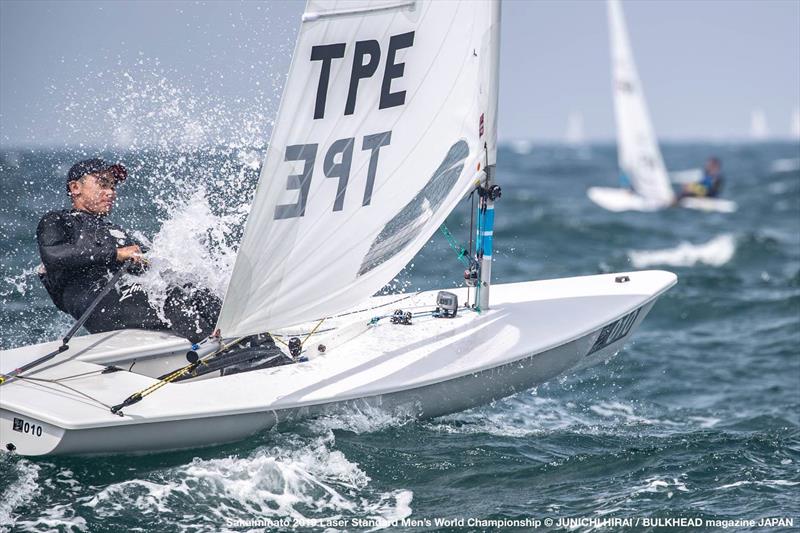
The Laser's rise as an international class was further solidified when it became an Olympic class in 1996. The boat's simplicity, strict one-design nature, and large worldwide fleet have made it a staple of the Olympic sailing program.
Its design has remained relatively unchanged since its inception, with only minor modifications being made to improve performance and durability .
The Laser remains a popular choice for sailors globally, both competitive and recreational. Its unique combination of simplicity, adaptability, and performance has ensured its continued success as a one-design class, and the International Laser Class Association continues to play a crucial role in maintaining the consistency of the boat and promoting the sport of sailing around the world.
Laser Sailboat Specifications
Hull Design and Construction
The Laser sailboat is known for its simplicity and performance which was designed in 1970 by Ian Bruce and Bruce Kirby. The hull design contributes to its stability and speed in the water.
Its construction uses a lightweight hull, ensuring optimal handling for sailors of various skill levels. This sailboat has been designed with durability and stability in mind.
Its materials and construction techniques focus on withstanding the rigors of sailing while maintaining a consistent and smooth ride on the water.
Rigging Variants
There are three interchangeable rigging variants for the Laser sailboat, each offering different sail areas to accommodate sailor weight and wind strength. These variants include:
- Laser 4.7 : With a sail area of 4.7 square meters, this rig is suitable for youth and lighter female sailors. It is considered the smallest and most accessible rig for Laser sailing. More information about Laser 4.7.
- Laser Radial : This rig offers a 5.1 square meter sail area, suited for women and lighter sailors seeking a more challenging sail size. Learn about Laser Radial.
- Laser Standard (ILCA 7) : The most common and originally designed rig using a 7.1 square meter sail, also known as MK2 , features a larger sail area suitable for heavier and more athletic sailors. Details on Laser Standard sail and rig.
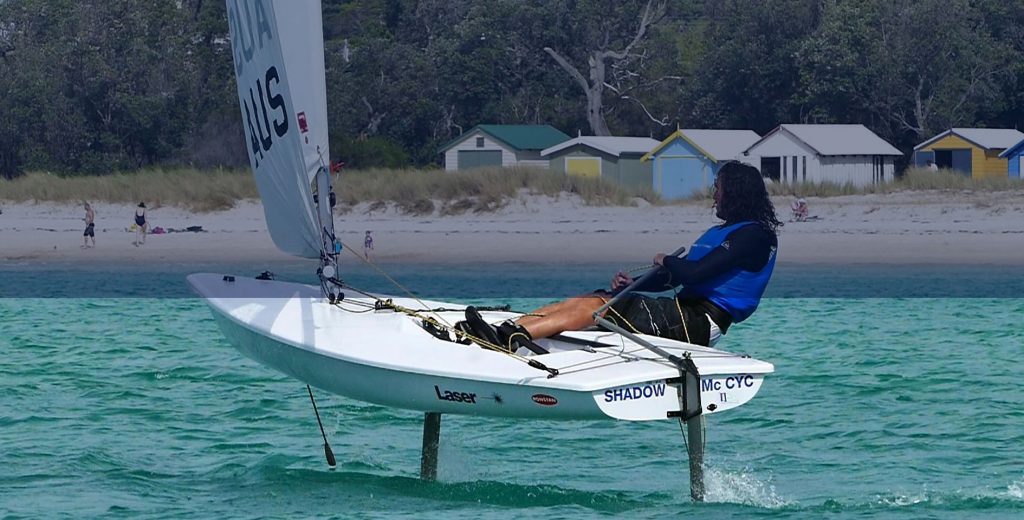
Dimensions and Sail Measurements
The Laser sailboat has specific dimensions and sail measurements which contribute to its design and performance. Here are the key dimensions:
- LOA (Length Overall): 4.2 meters
- LWL (Length at Waterline): 3.81 meters
- Beam : 1.39 meters
- Draft : 0.787 meters
- Weight : Standard 58.97 kg (130 lbs)
The sail measurements for the three different rigging variants are as follows:
| Rig Variant | Sail Area (sqm) |
|---|---|
| Laser 4.7 | 4.7 |
| Laser Radial | 5.1 |
| Laser Standard | 7.1 |
These specifications ensure consistent performance and ease of handling for sailors in various conditions and preferences.
Sailing Dynamics and Performance
Handling and Maneuverability
The Laser sailboat is known for its excellent handling and maneuverability, making it suitable for sailors of all skill levels.
Its simplified rigging and straightforward design allow for easy control and quick response to changes in wind and water conditions.
The Laser's hull weight is only 120 pounds (54.43 kg), contributing to its nimbleness on the water.
Steering the Laser sailboat is mostly dependent on the sailor's body positioning and sail trimming techniques, giving more room for tactical excellence. Due to its responsive nature, the Laser rewards sailors who can make quick adjustments and maintain an optimal sail trim.
Speed and Stability
The Laser sailboat offers a good balance of speed and stability for both recreational and competitive sailing.
Its relatively simple design, combined with a large sail area of 75 square feet (6.97 square meters) , enables it to reach impressive speeds for its size while maintaining stability.
Key factors affecting the Laser's speed and stability include:
- Hull design: The Laser's hull is designed to reduce drag and enhance stability, providing a fast and steady sailing experience.
- Sail size and shape: The Laser's sail is optimized for various wind conditions, allowing it to perform well in both light and strong winds.
- Sailor's weight and athleticism: The speed and stability of a Laser sailboat are also influenced by the sailor's weight and athleticism. An optimal weight range for Laser sailors is 140 to 190 pounds (64 to 86 kg) , and experienced, athletic sailors can better handle the boat in challenging conditions.
Sailor Interaction
A significant aspect of the Laser sailboat's performance is the level of interaction between the sailor and the boat.
As mentioned earlier, the Laser rewards sailors who possess excellent steering and trimming techniques, as well as a strong sense of tactical awareness.
This interaction allows the Laser to perform at its best under various conditions.
Sailors can further optimize their Laser sailboat's performance by:
- Adjusting the sail's angle and position to match wind conditions
- Proper body positioning and weight distribution
- Adopting efficient upwind and downwind sailing techniques
- Maintaining focus and awareness of wind shifts and changes in water conditions
Types of Laser Sailboats
Laser sailboats are a type of one-design dinghies, which means that they follow strict design and manufacturing rules to ensure all boats in the Laser class are identical.
The versatile laser class is widely popular as they offer different sail and rig sizes, catering to sailors of various ages, weights, and skill levels.
Laser Standard
The Laser Standard , also known as the ILCA 7 , is the largest of the three laser rigs. This adult racing class boat features a 7.1 sqm sail, making it suitable for heavier and more athletic sailors.
Laser Radial
The Laser Radial or ILCA 6 has a smaller 5.1 sqm sail. It is specifically tailored to lighter sailors, including women and youth sailors. The Radial's sail allows for better control and easier handling in various wind conditions.
This provides a level playing field for a wide range of sailors in terms of age, weight, and experience level.
Lastly, the Laser 4.7 or ILCA 4 features the smallest sail, measuring 4.7 sqm. This rig is designed for young sailors who are new to Laser sailing and need a more manageable sail size. The unique 4.7 lower mast section includes a pre-bend near the boom fitting, which allows the sail to depower more easily.
This provides a more forgiving experience for new and younger sailors.
Each Laser sailboat variant utilizes the same hull design, ensuring that the core sailing experience remains consistent across the board. This enables sailors to transition seamlessly between the different rig sizes as they progress in their sailing abilities.
Competitive Sailing
Racing and Regattas
The Laser sailboat has been a popular choice in the sailing community for competitive racing due to its simplicity and one-design class. The Laser Class Association organizes races and regattas in various formats where sailors adhere to the class rules.
The laser class has three different sail sizes - Laser Standard (ILCA 7), Laser Radial (ILCA 6), and Laser 4.7 (ILCA 4). These cater to sailors of different ages, weights, and abilities to participate in a single class.
These characteristics make the Laser sailboat a widely sought-after option for sailors who are interested in competitive racing 1 .
Olympic Presence
The laser class has a strong presence in the Olympics, being recognized as an Olympic class sailing dinghy. Laser Standard (ILCA 7) and Laser Radial (ILCA 6) are the two divisions that have been part of the Olympic Games since 1996 and 2008, respectively.
With its universal appeal and the level playing field it offers to sailors, the laser class has grown significantly in popularity over the years. It has achieved global recognition as a highly competitive sailing class in the Olympic Games.
National and International Championships
Alongside racing, regattas and their Olympic presence, the Laser Class Association also organizes various national and international championships.
Among these events are the ILCA 4 Youth World Championship, scheduled to happen in Viana do Castelo, Portugal, in June 2024 2 .
The World Championships typically attract top sailors from different nations, competing for the title of world champion.
A list of major championships for laser sailing includes:
- ILCA 4 Youth World Championship
- ILCA 6 World Championship
- ILCA 7 World Championship
In addition to these flagship events, many national championships are also held regularly by various Laser Class Associations around the world. This fosters the growth of talented sailors and promotes the spirit of competition within the laser sailing community.
Maintenance and Upkeep
Routine Care and Maintenance
Laser sailboats are known for their durability, but regular maintenance is essential to ensure their longevity and maintain resale value.
Inspect the hull and foils for any damage or signs of wear. Also, check the steering systems, such as rudder and tiller, ensuring they are functioning smoothly without any wiggles.
Regularly inspect tiller extension fittings for cracking and signs of potential breakage.
Cleaning your sailboat after each use will help minimize the chance of damage from dirt, salt, and debris. Store sails, lines, and other equipment properly to avoid moisture damage, mold, and mildew growth.
Verifying the functionality of the autobailer should also be a part of the routine maintenance process.
Transport and Storage
Transporting a Laser sailboat can be done with relative ease, as they are lightweight and their compact size allows for cartop transport.
When cartopping your Laser, use appropriate padding and straps to secure the boat without causing damage to the hull, mast, or other components.
As for storage, it is essential to keep your Laser sailboat in a covered and well-ventilated area, preferably on a dolly or custom cradle that supports the gunwales to prevent unnecessary stress on the hull.
Moreover, ensure the mast and other equipment are safely stored alongside the boat.
Periodically inspect the boat during storage to check for any signs of damage, moisture buildup, or rodent infestation.
Laser Sailboat Community and Culture
The Laser sailboat has built a strong sense of community that extends across different countries. This community primarily revolves around clubs, associations, and social and recreational sailing.
Clubs and Associations
A significant part of the Laser sailing community is the involvement in clubs and associations at various levels. The International Laser Class Association (ILCA) is the governing body that brings together Laser sailors from all around the world.
This association is responsible for maintaining the one-design principles, organizing international events, and promoting Laser sailing as a high-quality, competitive sport.
At a local level, numerous clubs are home to passionate Laser sailors. Club racing is a popular form of competition within the community, offering a friendly yet competitive environment for sailors to test their skills.
There are also regional associations supporting the growth of the Laser sailing community in their respective areas.
Example of Laser clubs:
- Family Fun Sailing Club : Focused on promoting sailing for the whole family and organizing social events.
- Weekender Club : Emphasizes weekend gatherings and collaborative sailing initiatives.
- TGIF Racing Club : Prioritizes Friday evening club races for those looking to engage in competitive sailing after work.
Social and Recreational Sailing
The Laser sailboat's appeal extends beyond competitive racing, with many enthusiasts enjoying the boat for its simplicity and versatility in social and recreational sailing.
The Laser community is known for organizing events that cater to various interests and skill levels, ensuring that everyone has a chance to find their niche.
Some common social and recreational sailing events include:
- Casual group sails : Informal gatherings where sailors can share tips, learn from one another, and enjoy sailing in a relaxed and social environment.
- Adventure sails : Excursions to explore new sailing locations or participate in long-distance trips.
- Family fun days : Sailing events focusing on family-oriented activities, making the sport accessible and enjoyable for all ages.
Frequently Asked Questions
What factors determine the price of a Laser sailboat?
When looking for a Laser sailboat, various factors such as brand, condition, materials used, size, and additional features all play a role in determining the price .
A brand-new Laser will typically cost more than its used counterpart. Higher quality materials and improved technology can also increase the price, as well as customizable options and additional accessories.
To find the right Laser sailboat at a competitive price , it's essential to compare offerings from various vendors and take time to evaluate factors like reputation and warranty. Sailing Chandlery provides more information on Laser sailboats and their prices.
What are the essential specifications to look for in a Laser sailboat?
When considering a Laser sailboat, pay attention to details like hull weight , rig size, sail size, and weight capacity , as these will affect the boat's performance and suitability for the intended use.
A standard Laser sailboat generally has a hull weight of 125 lbs or 56.7 kg , with different sail sizes available, such as ILCA 4 (Laser 4.7), ILCA 6 (Laser Radial), and ILCA 7 (Laser Standard).
Each sail size is designed for sailors within specific weight ranges, providing the best performance and stability.
How can I find a reputable vendor for Laser sailboat kits?
To find a reputable vendor for Laser sailboat kits, research different suppliers, seek recommendations from fellow sailors, and read reviews from previous customers.
Online platforms like West Coast Sailing offer resources and information on Laser sailboats, including detailed guides, FAQs, and where to find quality suppliers.
What is the recommended weight capacity of a standard Laser sailboat?
The recommended weight capacity for a Laser sailboat varies depending on the rig size.
The ILCA 6 (Laser Radial) is suitable for sailors between 60 kg and 75 kg , while the ILCA 7 (Laser Standard) is better suited for sailors weighing 75 kg to over 90 kg.
The ILCA 4 (Laser 4.7) is designed for younger and lighter sailors. When choosing a Laser sailboat, ensure that the rig size matches the intended user's weight range for optimal performance.
What are the characteristics that define the best Laser sailboats on the market?
The best Laser sailboats on the market offer a combination of durability, performance, and ease of use.
Look for models with robust construction. They are made from high-quality materials to withstand harsh sailing conditions.
Additionally, seek sailboats with easy-to-use rigging systems and low-maintenance designs.
Also, make sure they have support from reputable manufacturers. This ensures they meet strict class specifications.
Is sailing a Laser suitable for beginners and what are the challenges involved?
Sailing a Laser is generally suitable for beginners. These boats are known for their simplicity, ease of use, and responsive handling. However, beginners should be prepared for some challenges.
These challenges include mastering the correct body positioning and balance or adjusting to different wind and weather conditions. It's essential for new Laser sailors to familiarize themselves with the boat's assembly and rigging process and seek guidance from experienced sailors or trainers. This ensures a safe and enjoyable sailing experience.
Related Articles
Top 10 Used Boats for Sale: Expert Picks for Every Budget
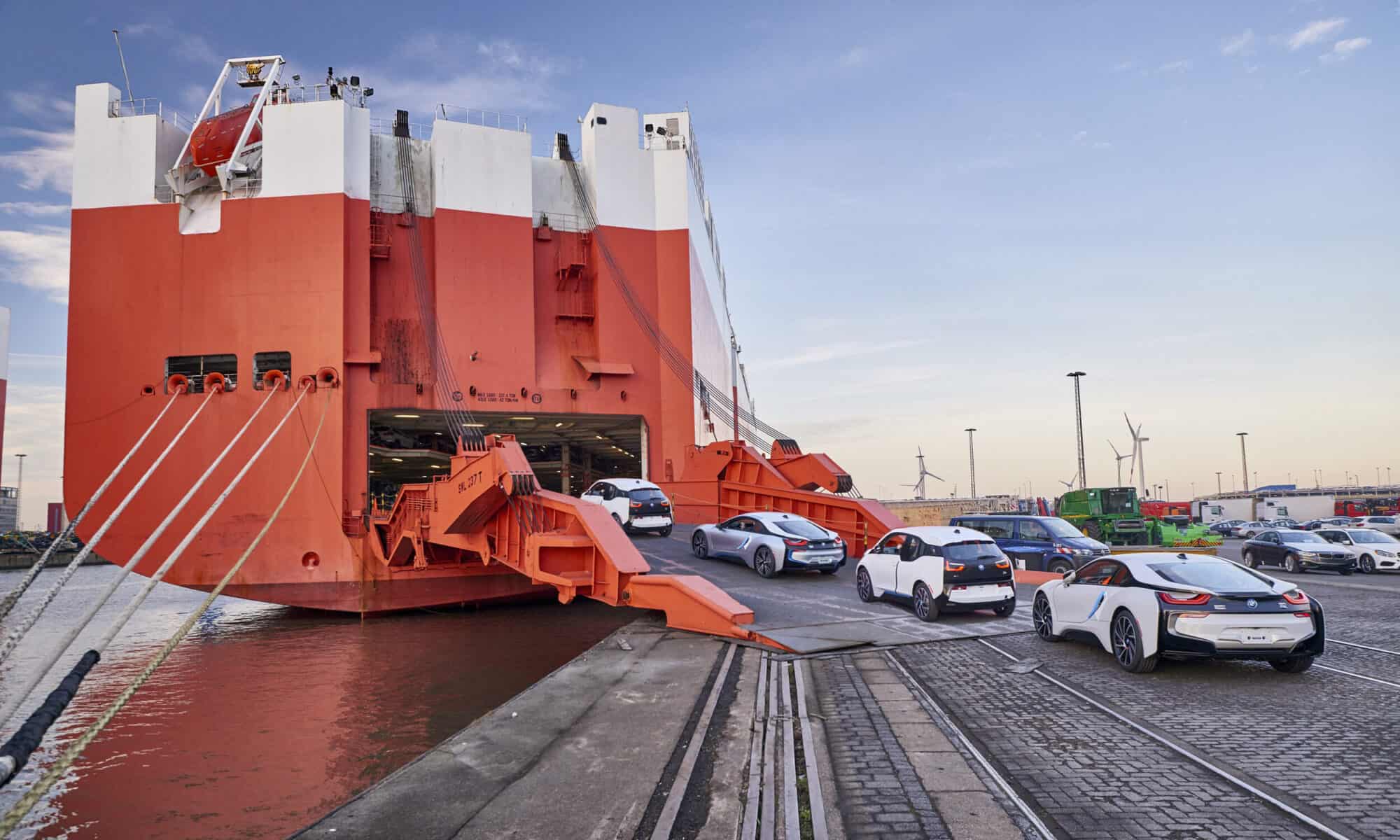
Roro Ship: Essential Features and Modern Development Trends
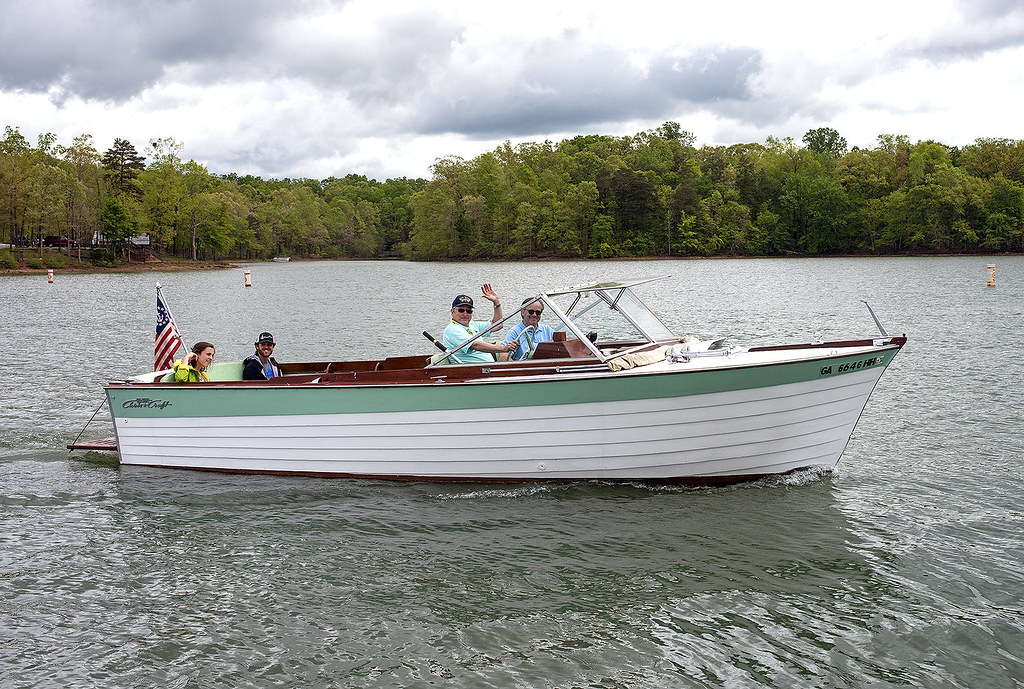
Chris Craft Sea Skiffs: Exploring Classic Wooden Boats
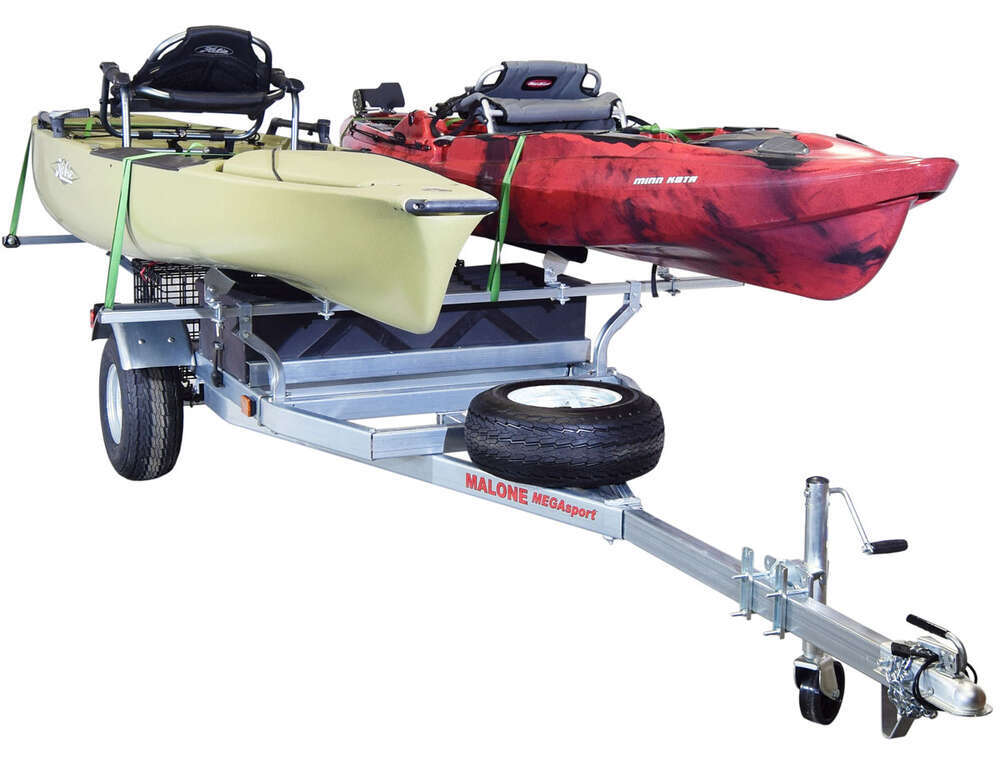
Kayak Trailers: The Ultimate Guide to Hassle-Free Transport

Ocean 44 Yacht & Restaurant: Unparalleled Fusion of Luxury and Flavor

Catamaran Advancements: Exploring Modern Design and Performance
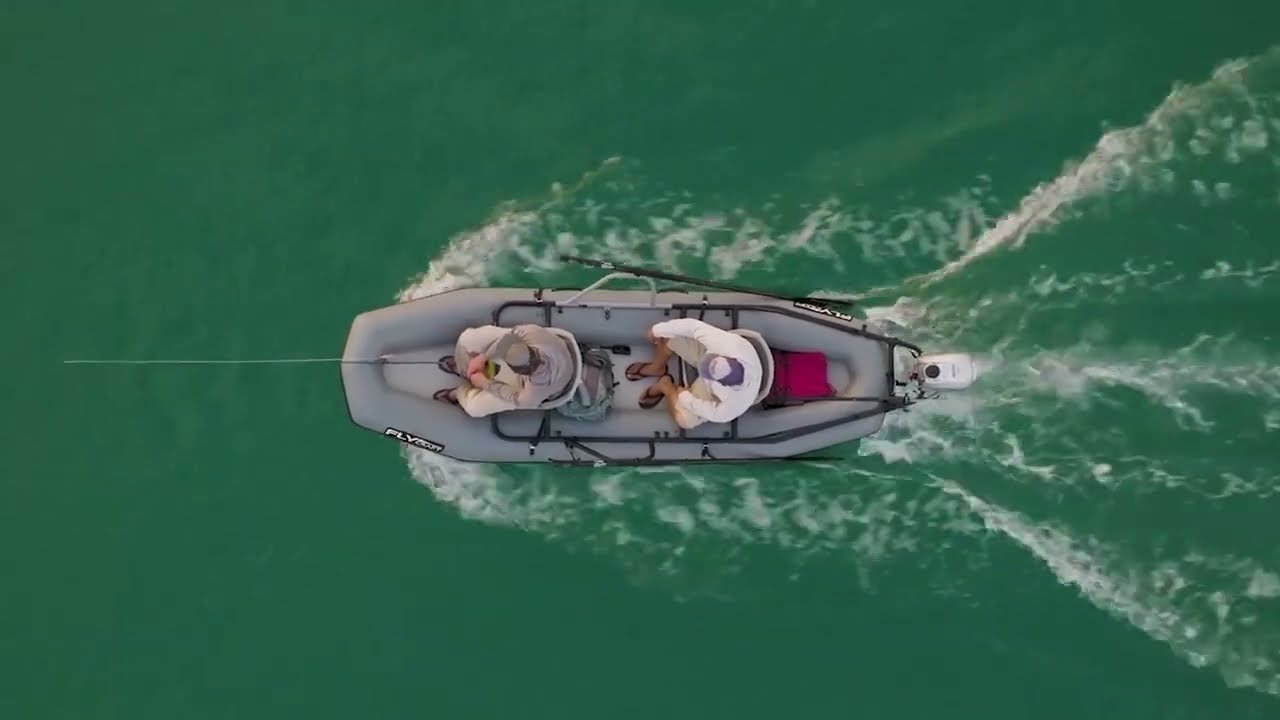
Flycraft Inflatable Boat: Expert Guide to Durability and Performance

Tucktec Folding Kayak: Expert Insights on Convenience and Performance
International Laser Class Association
One Boat, One Sailor, One Design.

About the Boat
The world’s most popular adult and youth racing class. .
Originally known as the Laser, the ILCA dinghy is a single-handed racing dinghy. The biggest attraction of the ILCA dinghy is that it is protected by strict one-design class rules, which means that no changes are allowed to the boat unless they are specifically permitted in the rules. The result is that all ILCA boats are virtually identical, whether they are brand-new or 10 years old, making it the sailor that wins the race – not the boat. The ILCA dinghy is a challenging boat that rewards athleticism, subtle steering, and trimming techniques, as well as tactical excellence. It is a single-handed Olympic-class boat for both men and women and is sailed at club, national, and international levels. With over 225,000 boats in 140 countries, it is the world’s most popular adult and youth racing sailboat.
No fuss, just sailing.
One of the reasons the ILCA dinghy is so popular is the boat’s sheer simplicity. The two-part free-standing mast and sleeved sail make the boat easy to rig and its lightweight hull make it easy to carry and cartop.
A boat for life.
The ILCA formula combines one hull with three different rigs: ILCA 4, ILCA 6, and ILCA 7. Young sailors starting out in the ILCA 4 can move up in rig sizes as they grow physically and develop tactically without the need to buy a complete new boat every few years. The one-design protection also means that your boat will never be outdated, which explains why ILCA dinghies have such high resale values.
Finally, a strong class association that actively promotes and drives forward sailing around the globe makes mass production of the ILCA dinghy viable, keeping the cost of the boats and spares relatively low.
The ILCA Formula
A choice of rigs for different size sailors means three boats in one. See Equipment for more detailed boat diagrams.
- Are your children reaching the age when they want to go sailing in a ILCA by themselves?
- Does your husband or wife fancy the occasional sail in your ILCA?
- When you drive two hours to get to the water have you found it is too windy for you to go sailing?
- Are you too light to sail with the ILCA 7 rig?
The ILCA formula is the answer to all these questions. By changing only the sail and lower mast, an ILCA dinghy can be sailed comfortably in a great variety of wind conditions and provide exciting but controlled sailing even for sailors weighing as little as 35 kg. The ILCA formula is a three-rig option that has been adopted by a number of sailing schools as a simple and economical way for sailors of different sizes and abilities to sail in a wide range of winds and reduce the amount of “down time.”
The ILCA 4 uses a short pre-bent lower mast to maintain a balanced helm and a sail area that is 35% smaller than the ILCA 7. It is ideal for the lighter-weight sailor graduating from Optimist.
The ILCA 6 is the next step up in size. It uses a more flexible and slightly shorter lower mast together with a sail area 18% smaller than the ILCA 7. The ILCA 6 has a large following with national and international regattas and World Championships for men, women, and youth, attracting as many countries and competitors as the ILCA 7. Many countries support a full ILCA 6 youth program. In addition to having a strong following among lighter-weight sailors, the ILCA 6 is the women’s single-handed dinghy at the Olympic Games.
The ILCA 7 can be sailed by any weight in light winds, but as the wind increases, it is better suited to higher sailor weights. The ILCA 7 is a single-handed dinghy for men at the Olympic Games.
Apart from the strong second-hand market for the ILCA 7, there is an even stronger second-hand market for ILCA 6 and ILCA 4 lower mast and sails as a separate package from the hull.
Why sail the ILCA dinghy?
One of the greatest things about the ILCA dinghy is that it offers a huge amount of fun and family pleasure to all ages, yet at the same time it satisfies the desire for excellence and a physical test at the highest level in the Olympic Games. The ILCA dinghy is something very special. Over 200,000 owners have been attracted to its simple charm and continue to be attracted at a rate of nearly 4,000 new boats per year.
Seeing 15- and 16-year-old youngsters, fresh out of Optimists, getting a thrill out of sailing an Olympic-class boat in full control with the ILCA 4 or ILCA 6 rig is as exciting as listening to the stories of 60-year-old Masters recounting their wild rides on Pacific rollers during the 1997 World Masters Championship in Chile.
The ILCA dinghy is challenging and it is rewarding, whether at the club level or the Olympic Games. When you take your 10-year-old boat out for a local race, the challenge is to work harder, hike longer, be smarter, and sail better than the other ILCA sailors. At the end of the race, you count the number of boats behind you and you are rewarded with the knowledge that you beat them fair and square by your own skill and effort. Even if there are no boats behind you, the challenge is to go out next time knowing that you have the same equipment and the potential to improve.
And there is a bonus! It is quick to rig, it keeps you fit, and is inexpensive.
When you look in the center pages of the Handbook and count ILCAs sailing in 115 different countries all over the world, and you see that ILCA has achieved the highest-ever country entry at the Olympic Games and see how many countries are entering ILCA World Championships, you perhaps realize just how great our little boat is and why it is so important to look after it with a strong class association.

- O’pen Skiff Purchase Page
- ILCA – Element 6
- RS Sailboats
- Sunfish – Recreational
- Sunfish – Race Version
- Sunfish Sails
- LaserPerformance Sunfish Parts Price List
- 420 – Zim Sailing
- Finding the Right Laser Rig: Formula
- Racks by Dynamic Dollies and Racks
- Load Rite Trailers
- Load Rite Sunfish Trailer
- **NEW** LoadRite for Sailboats
- Sunfish Dolly by Dynamic
- Optimist Dolly by Dynamic
- How to Apply Laser Sail Numbers
- Applying Laser Sail Numbers
- North Sails for LaserPerformance Dinghies
- About/Contact

Laser – LaserPerformance
$ 5,100.00
Please Contact Us for Availability
Share this:.
- Click to email this to a friend (Opens in new window)
- Click to share on Facebook (Opens in new window)
- Click to share on Twitter (Opens in new window)
- Click to print (Opens in new window)
- Click to share on Pinterest (Opens in new window)
- Click to share on LinkedIn (Opens in new window)
- Click to share on Tumblr (Opens in new window)
- Click to share on Reddit (Opens in new window)
Description
- Reviews (0)
Laser Class Laser by LaserPerfomance – $6,475.00!

Features Laser sailing is an investment in skills that will last a lifetime, skills that apply to any boat. Laser sailors have access to a community of sailors from around the world who love to race. One Laser sailor in Honolulu recently recorded the first Laser speed record at 16.8 knots, or 28 feet per second. ( Link to our Laser speed record story ) When you are ready to race, get into a Laser.
The International Laser Class hosts more events in more nations than any other one-design class in the world. In North America alone there are more than a thousand events each year. Whether you choose to race in local club events or international championships there is an event for everyone. The International Laser Class magazine, Laser World and the North American class magazine Laser Sailor will always keep you up-to-date on future events, results, and tips to improve your Laser sailing.
The International Laser Class Association runs a circuit of Masters events for Laser sailors over 35 years of age. The Masters circuit culminates in the Laser Masters World Championship which is held annually. The Laser Masters racing circuit is the largest and most heavily attended masters racing group of any one-design class in the world.
| Lasers are available with one of two options, the Race package and the XD package.Laser Race: Allen upgrade powerpack, Allen upgraded vang, gorilla tiller with 42” extension, 60 mm Allen ratchet block, padded hiking strap, rolled sail, upgraded line package, GRP foils with upgraded rudder bolt.Laser XD: XD Harken vang , XD Harken powerpack, XD Carbon tiller, XD Carbon tiller extension, XD padded hiking strap, Harken 57 mm ratchet block, upgraded vectran line package, GRP foils with upgraded rudder bolt. The Laser has a Vela gray hull with a Vela gray deck. The $6,475 list price is for the Laser Race version. The Laser XD option is available at $6,998
|

Contact Shoreline Sailboats for more information about the Laser or to order your boat:
There are no reviews yet.
You must be logged in to post a review.
Related products

THE MELGES 15!
THE ROCKET! Built in the USA
SUNFISH – SAIL A CLASSIC!
Recent Posts

Hours & Info
Search products.
Contact us:
Any questions about the sailboats we sell, or the services we provide? We’re always eager to talk sailing and would enjoy helping you with any of your sailing needs. Contact Us
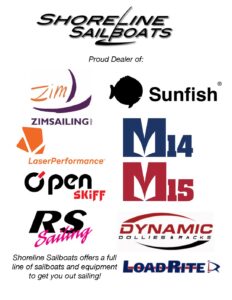
Designed by WPZOOM

Forgot Password?

Laser Performance
Laser Performance builds the classic small sailboats we all know and love - the Sunfish, Laser, and C420.

| ||||||||||||||||||||||||||||||||||||||||||||||||||||||||||||||||||||||||||||||||||||||||||||||||||||||||||||||||||||||||||||||||||||||||||||||||||||||||||||||||||||||||||||||||||||




















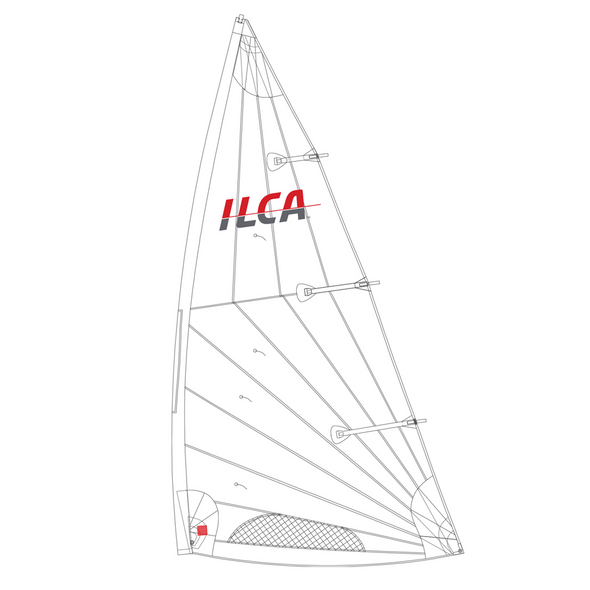


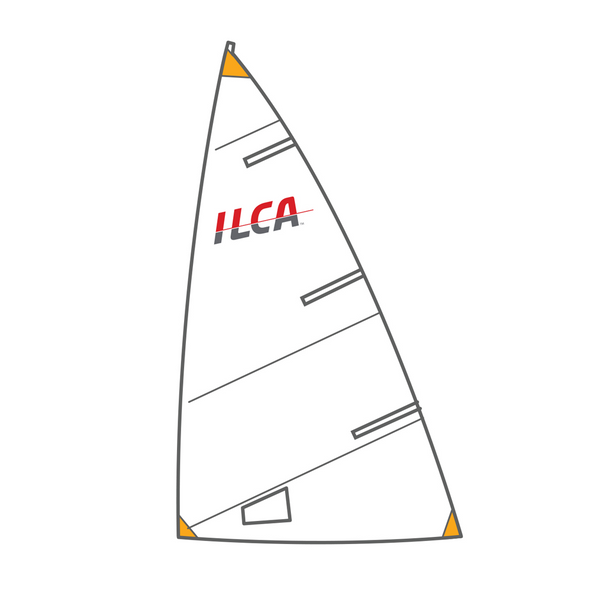
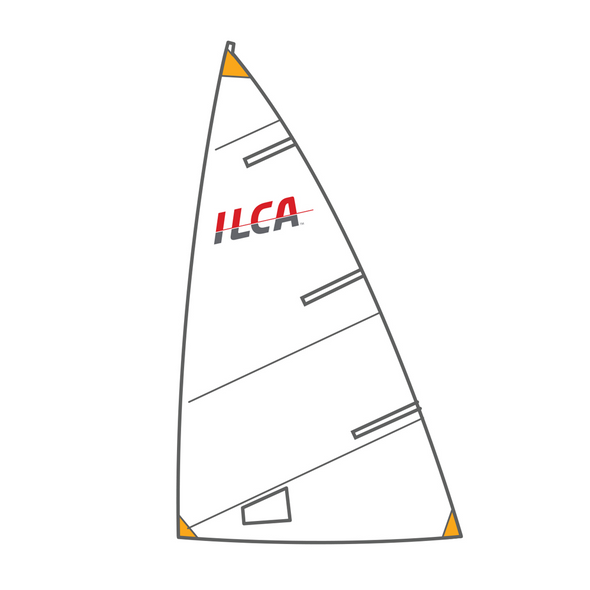

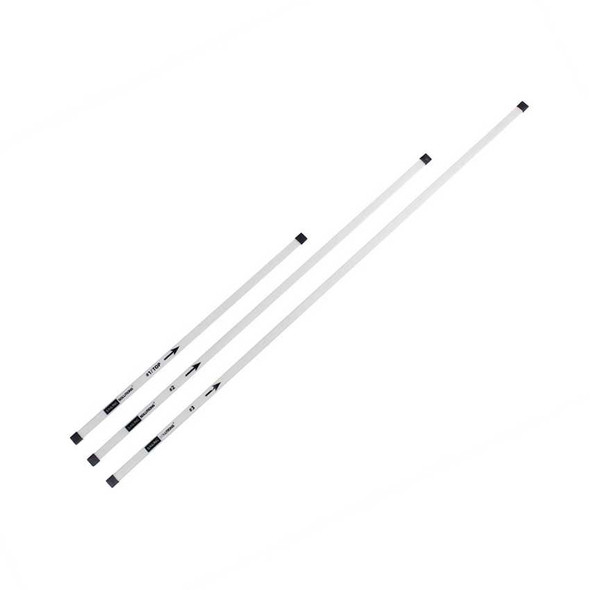
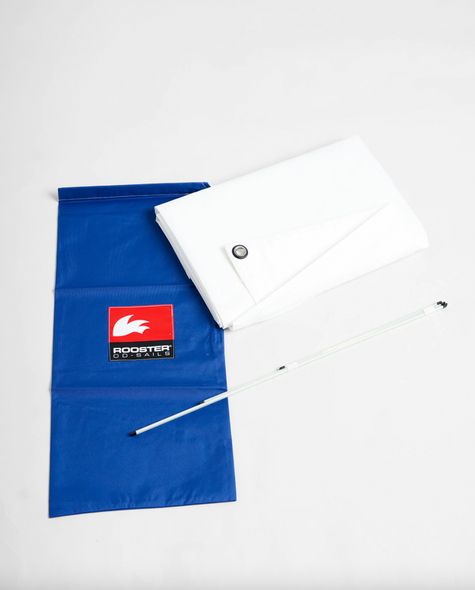
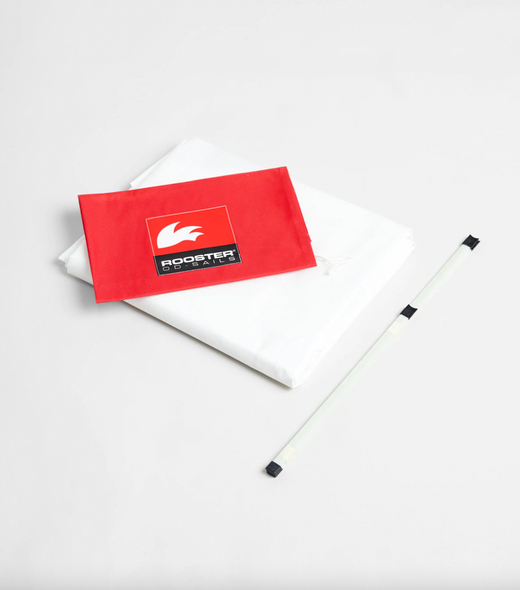


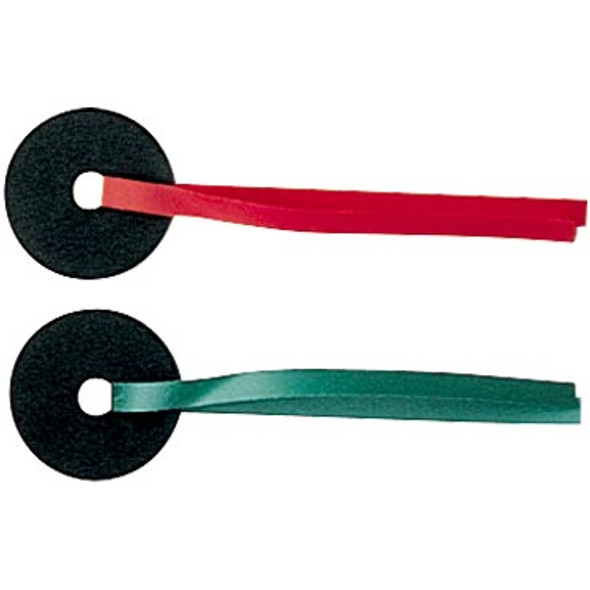




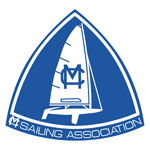





















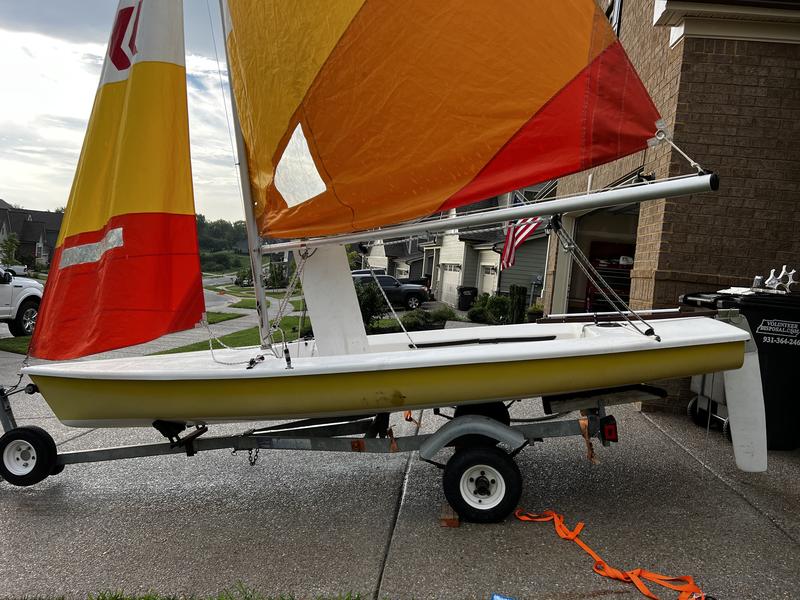


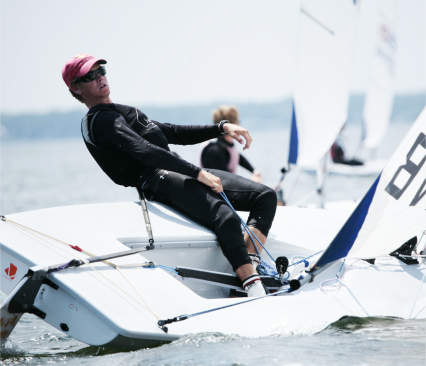
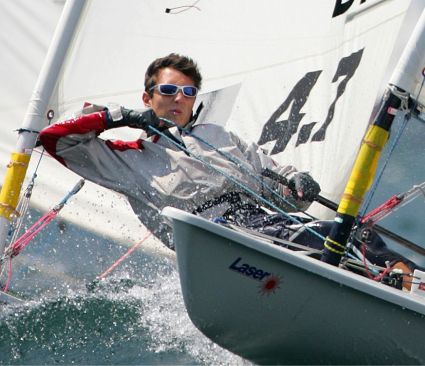
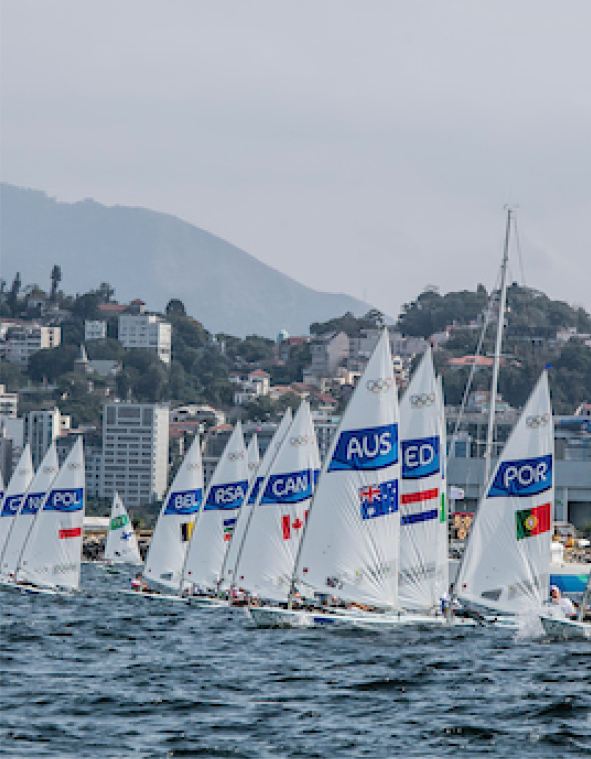
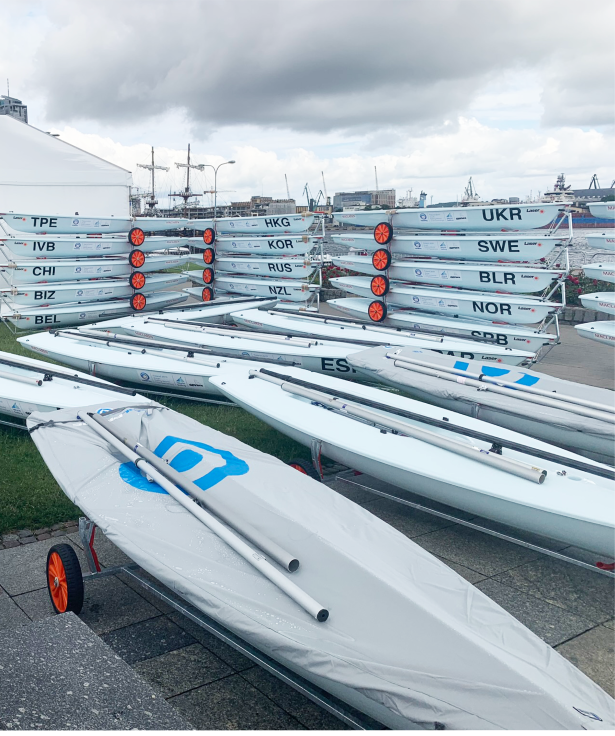

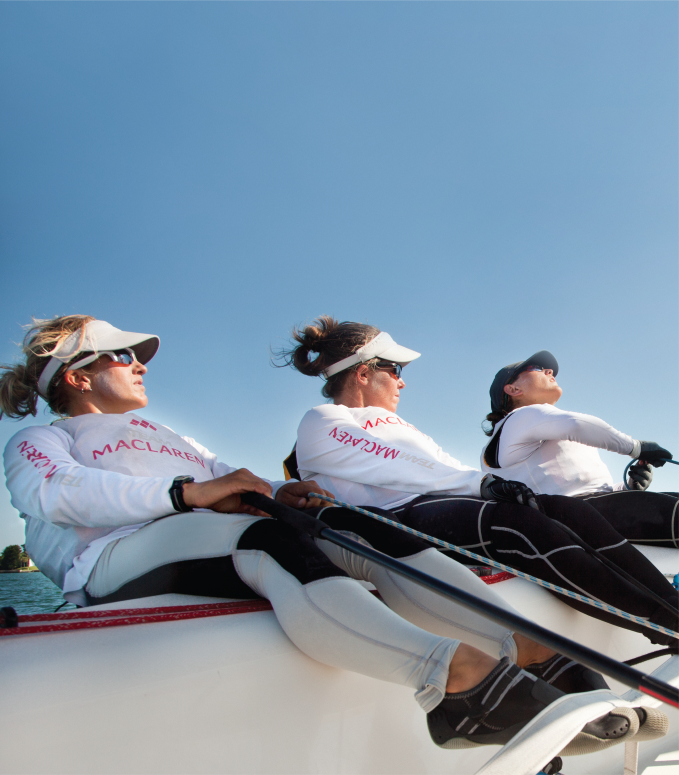
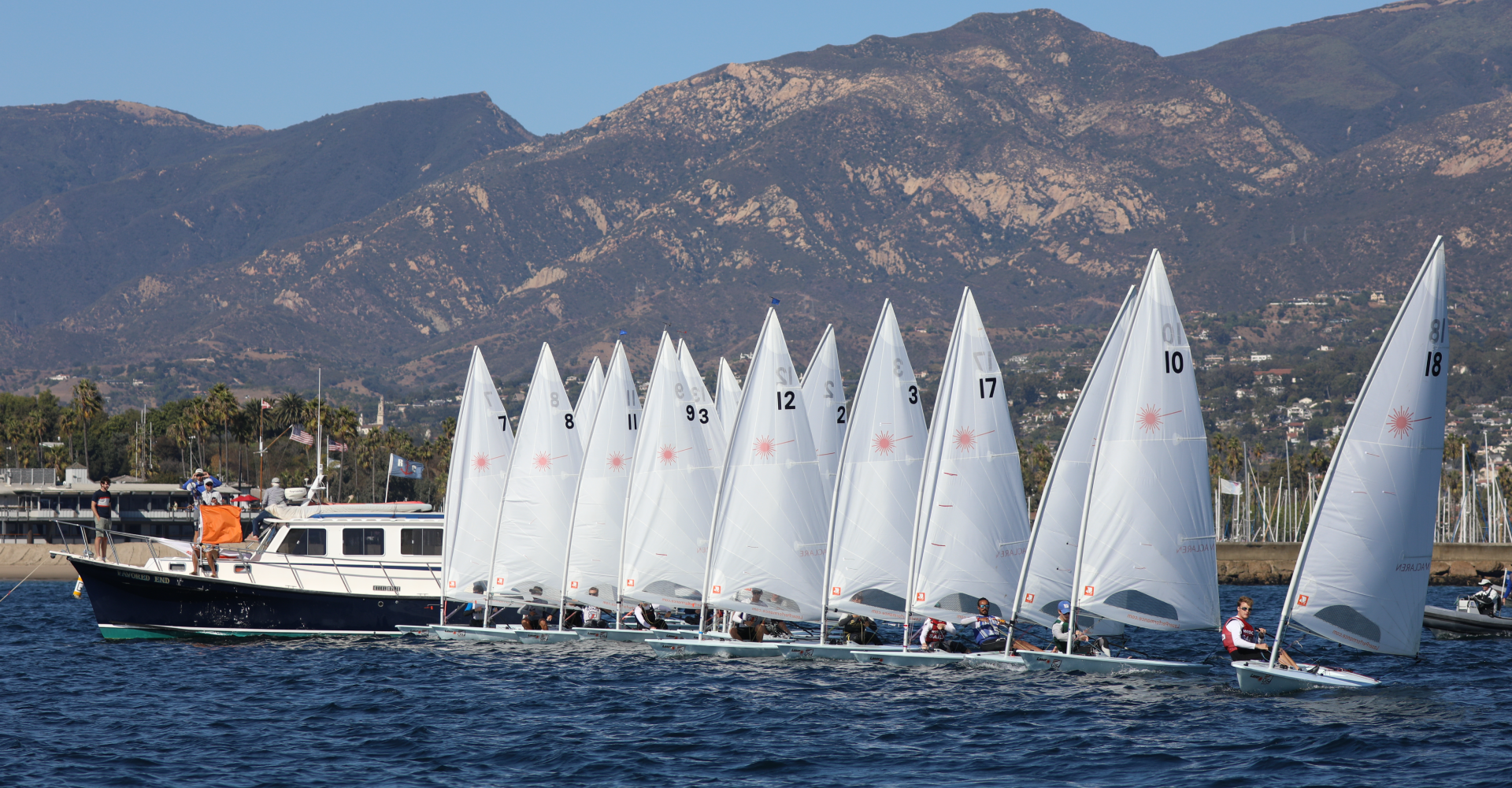
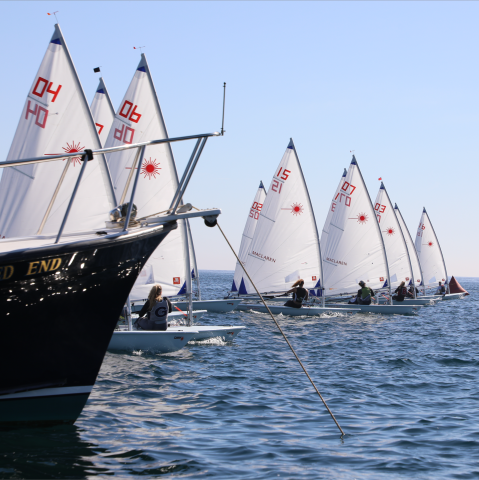
IMAGES
VIDEO
COMMENTS
The Laser is a challenging boat that rewards athleticism, subtle steering and trimming techniques. The Laser is raced by young and old alike from the Club level all the way to the Olympics. The Laser comes standard as a race version. One of sailing's best-known brands, it is unmatched in making it popular for all ages and abilities.
The Laser is the world's most popular adult racing class boat. True to box one design standards, each Laser in the world is identical ensuring the best sailor on the water wins the race, not the boat.
Laser (dinghy) The Laser is a class of single-handed, one-design sailing dinghies using a common hull design with three interchangeable rigs of different sail areas, appropriate to a given combination of wind strength and crew weight. Ian Bruce and Bruce Kirby designed the Laser in 1970 with an emphasis on simplicity and performance.
a The Laser is a true sailing phenomenon. t and youth racing sailboat. Each year the Laser Class runs more races wo ldwide than any other class. A een a sailing success story. One reason is t e boat's sheer simplicity. From its very beginning, the Laser has ofered an uncomplicated way for sailors to experience the joy of sailing a
Laser Sailboat: Mastering Performance and Techniques for Success The Laser sailboat is a popular single-handed, one-design sailing dinghy known for its simplicity and performance. Designed by Ian Bruce and Bruce Kirby in 1970, the Laser has become the world's most popular adult and youth sailboat, with over 225,000 boats in 140 countries.
Originally known as the Laser, the ILCA dinghy is a single-handed racing dinghy. The biggest attraction of the ILCA dinghy is that it is protected by strict one-design class rules, which means that no changes are allowed to the boat unless they are specifically permitted in the rules. The result is that all ILCA boats are virtually identical ...
Laser Class Laser by LaserPerfomance - $6,475.00! The world's most popular adult racing class. Every Laser in the world is identical. The strict one-design class rules ensure this remains true, making it the sailor that wins the race, not the boat. The Laser is a challenging boat that rewards athleticism, subtle steering and trimming ...
Laser Performance makes a wide range of sailboats perfect for the beginner or seasoned racer including the Laser, Sunfish, Pico and more.
ILCA Dinghy and Laser sailboat discussion. Includes sailing, racing, rigging, repair, class politics, Olympic Racing, news, and more.
The epitome of his ethos was a blockbuster, one that defined his career and the course of sailing more broadly: the single- person racing dinghy known as the Laser.
Laser preowned sailboats for sale by owner. Laser used sailboats for sale by owner.
Over 200,000 Laser sailboats have been built over the last 40 years, more than most other small dinghy sailboats. In this article we are going to answer some of the common questions we receive about the basics of Laser sailboat rigging, how to tell what size rig you have, what you can upgrade, and more. This information is designed for the ...
A Laser sailboat is a popular dinghy used for races and owning one should not break the bank. But how much does a Laser sailboat cost?
The CASCAIS is the ultimate rotomolded multi-purpose sailing dinghy. Its versatility and innovative design provide for exceptional handling, speed and stability.
ILCA / Laser Parts West Coast Sailing is your ultimate source for all things ILCA / Laser sailboat sailing, trusted by sailors worldwide and supporting the sailing community since 2005. Shop one design ILCA sailboat parts including sails, spars, deck fittings, blades, covers, dollies, accessories & upgrades.
A Laser sailboat new will cost anywhere from $5000 to $6000. A used Laser sailboat will cost you between $2000 and $6000. The price of the boat will depend on the year it was built and the condition it is in.
Racing sails for Laser sailboat and ILCA dinghy from North and Hyde with free sail numbers and install plus free standard shipping. Shop today at West Coast Sailing.
Welcome to the MC Sailing Association The MC Sailing Association originally formed in Shreveport LA, 1971. Since then, the MC class has grown to be one of the top one-design sailboat racing classes in North America. The scow design maximizes speed yet provides unmatched stability. There are more than 113 active fleets nationwide. An original design by the Melges family in 1956, it is unique in ...
Slingsby will probably race any boat you put in front of him. There's a reason for that. "In the Olympics in 2008," he says, "I went in as a favorite to win the Laser gold medal and I ...
The Sunfish combines easy rigging and manageability for a comfortable and hassle-free sailing experience. This is the sailboat loved by all.
The Lake Sunapee Cruising Fleet is a non-profit, volunteer organization dedicated to the sport of sailboat racing on Lake Sunapee. Our fleet has been in existence since 1984.
Boats for Sale. Vanguard sailboats for sale. Connecting with Marinesource.com. Copyright 1992-2024 MarineSource Network, Inc. All Rights Reserved. Great choice! Your ...
50 Years Laser - History. Laser now rules the waves around the world in over 50 countries. During that time LaserPerformance has been there supplying the most sought-after Lasers and supporting the growth of the Laser sailing community around the world. "There have been more than 200,000 Lasers built around the world, the biggest number of ...
The race is on a closed circuit with a length of 2200 meters with 6 left turns and one right turn. According to competition rules, a competitor can drive a boat for no more than two hours in a row. Of course, with stops for refueling and crew changes. The race is held on rigid-bottom inflatable motorboats.